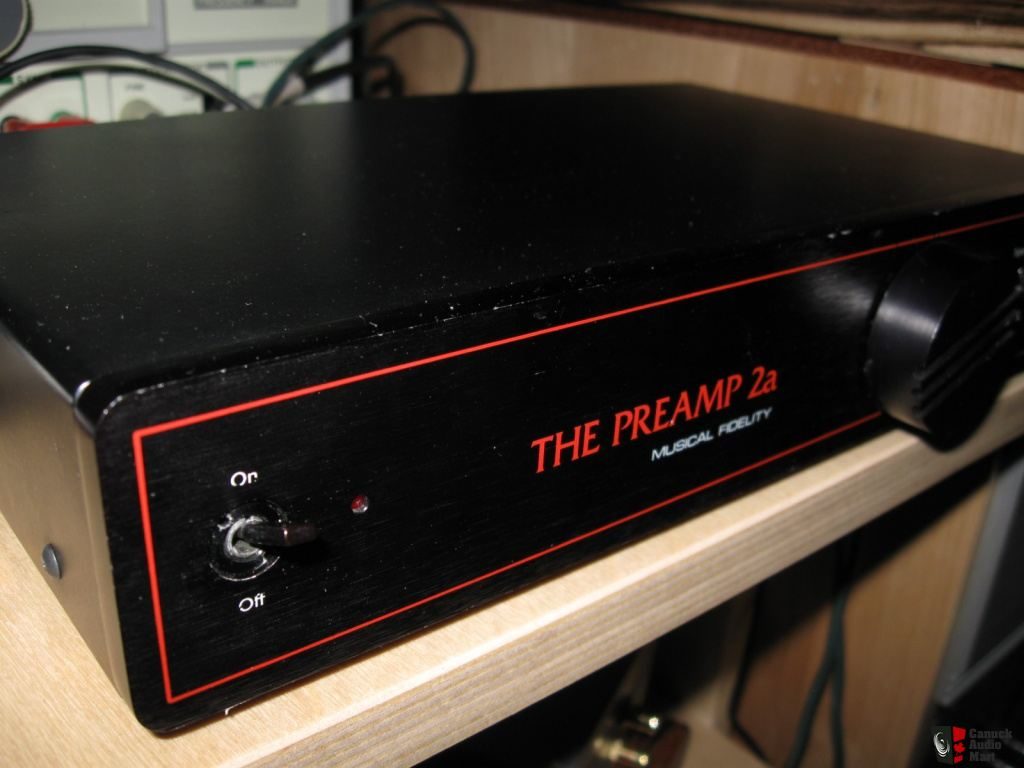
Not my first rodeo!
I've been the industry for a while and been taken behind the scenes of quite a few makers. The backroom people and not always males either are generally fairly approachable with only the occasional massive egos you read about. And the point of this is, err what?
Many of them use the latest measuring technology, and of course their ears. Which predominates varies from designer to designer, development challenge to challenge and usually remains a secret. It’s a privilege to be ‘in’ on the development process. I'm there for no particular reason other than being another pair of experienced ears.
From time to time these designers, myself and others have notice something a bit odd; something that isn’t easy to pin down and the causes are illusive. It is simply that the production examples rarely sound as good as the prototype.
Cynics?
Cynics of course would claim that this is deliberate and that the prototype or one of the clutch of prototypes are show to ‘wow’ the reviewers who are of course favorably disposed to the production full review sample which may or possibility not have been tweaked to meet the desires of the reviewer. Like some conspiracy theories this is hard to verify and yet retains just a faint whiff of reality
No matter though because that’s background rather than the focus of this piece. So let’s assume accidental variance with no deliberate intent to mislead the reviewer. The point remains that surprisingly often the shabby looking prototype has a certain ‘something’ that the production pieces don’t.
Are the buying public being hoodwinked then?
Probably not – at least not deliberately.
Many years ago, many, many years ago I borrowed one of the first six Musical Fidelity ‘The Pre’ preamps ever built. This one looked terrible like the casework had been folded in and out a few time and a switch-on thump to set your pulse racing. It sound terrific. Better than terrific. How would it stand up against modern designs. I've no idea. No way of telling. More to the point, how did it stand up to subsequent batches?
I bought one of the next batches. The build quality clearly wasn’t Luxman or Accuphase but for British of that era, not bad. It didn’t quite sound the same as that original one. I think, I thought the ‘ammo case’ first issue sounded more lively. But did it? I think it did. I don’t think the components were changed. Only peripherally did I wonder if the slightly improved construction had anything to do this. I dismissed the thought as absurd. Only years later did I begin to wonder.
I got closer to some makers and asked their opinion. The answers sometimes depended on who you talked to. Back then accusations of batch variation as a money saving ply surfaced from time to time. Naturally they were cagey. Some did offer the view that they’d had similar experiences. Some said it was due to all the hand tweaking, love and attention prototypes got when compared to the get-it-out-the-door process production versions receive.
As PS Audio said a few years back:
“We have learned that everything that makes production possible gets in the way of the sound including printed circuit boards, metal chassis, wires bundled neatly, symmetrical layouts and control circuitry for front panels. Problem is, they also add up to what’s inside every working production unit you can buy and there aren’t currently any good alternatives.”
Paul McGowan went on to say: “I remember solutions to this were all the rage at one point: Stan Warrens Plexiglas “Space Case”, Counterpoint and Sony’s all copper chassis are great examples. A hand wired point-to-point circuit will always sound better than something populated on a PC board, even the finest available.”
His conclusion was as follows: “I hope the younger crop of audio designers reads this and figures out a way for our industry to have its cake and eat it too, because hand wired doesn’t hold up well for today’s miniature IC’s. Sometimes we have to point out what we know from our years of experience and hope a new crop of eager designers will have a flash of genius to fix it.”
He’s expressed this better than I can. I suppose the solution is going to take a few sets of fresh eyes. What annoys me though on behalf of the public and the money they provide to keep this industry alive is the fact that with very minor exceptions the editors and writers skirt around a core issue of how to guarantee that what you read about represents what you’ll be offered in the shop. The debate of whether this dissonance is deliberate or not is a distraction. At the very least a review should state the status of the item being reviewed i.e. is it off the production lime or is it a prototype? Can’t be that difficult – can it? Well – can it?






